Nicnevin and the Bloody Queen
Written by Helen Mullane
Illustrated by Dom Reardon
Colored by Lee Loughridge
Lettered by Robin Jones
Humanoids
Folk horror, as a genre, has largely existed below a wavelength that registers with a critical mass of people, and that’s probably partly because the aspects of a work that make it folk horror can sometimes be obscure unless you are very in tune with them. Last year’s film Midsommar used enough of the conventions of the genre to bring it into the light for more people, though mostly those evoked from The Wicker Man and to for such a length of time that it morphed from the foreboding to the goofy in front of your eyes.
Many of the best folk horror entries of the past are actually rather slow British television productions that are typically the opposite of flashy, series like Children of the Stones and The Owl Service or teleplays like The Stone Tapes, Robin Redbreast, and Murrain, and actually I do find that the more restrained the presentations are, the more satisfying they tend to be.
This presents a conundrum to comics efforts in the genre. Comics in general veer more to over-the-top in any genre presentations simply because the medium allows it. Something like folk horror, which demands subtlety and under-the-current tension that implies the psychological sweep of horror that is about to come crashing down instead of just showing it, becomes a delicate dance in comics. Nicnevin and the Bloody Queen is mostly able to pull it off, most the time using the fantastical imagery as flashes of thought and memory more than overreaching action.
The story is about Nissy Oswald, who is taken to the countryside for the summer along with her mom and her little brother. Nissy is at that rebellious, pissy phase of teendom where she tends to snap at her mother and bolt out the door. The headstrong daughter whose combative independence is surely a fictional trope at this moment — seems like almost every series I watch has one nowadays — so it’s no surprise that Nissy gets mixed up in something that’s more dangerous than she expected.
Part of what looms has to do with the murder remains of an old woman, and the other part with Nissy’s grandmother, who used to live in the summer house and who has a reputation for witchy behavior. Nissy’s not really putting the pieces together, along with the flashes of strange visions in her head, and Nicnevin and the Bloody Queen captures much of the same brooding vibe of the old British manifestations of folk horror that I was speaking of.
There aren’t exactly huge surprises in the story, but I have to confess, as much as I love the genre, I don’t know that folk horror is one that lends itself to surprises anyhow. The mastery is always in how the story is told in the lead-up to the inevitable. The tactic of Nicnevin and the Bloody Queen is to take the folk horror ideas and meld them onto what I like to call the Harry Potter Revelation — you know, person hits a certain age and finds out they’re actually special because they’re a wizard/fairy/werewolf/mermaid/member of a secret society/child of super spies, something. But that works here because that revelation is built up to and part of the tension of the story, it’s not sudden. You know it’s coming and the part of the suspense is when in the world is Nissy going to wake up and see it for herself. Will she do it in time?
That mash-up works and if Nicnevin and the Bloody Queen isn’t a bold furthering of the genre, it’s an enjoyable addition and an effective introduction.


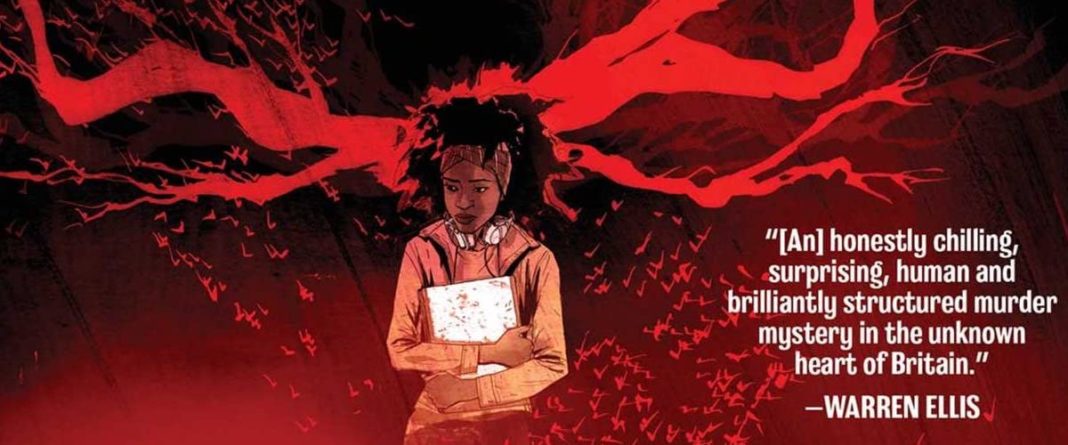
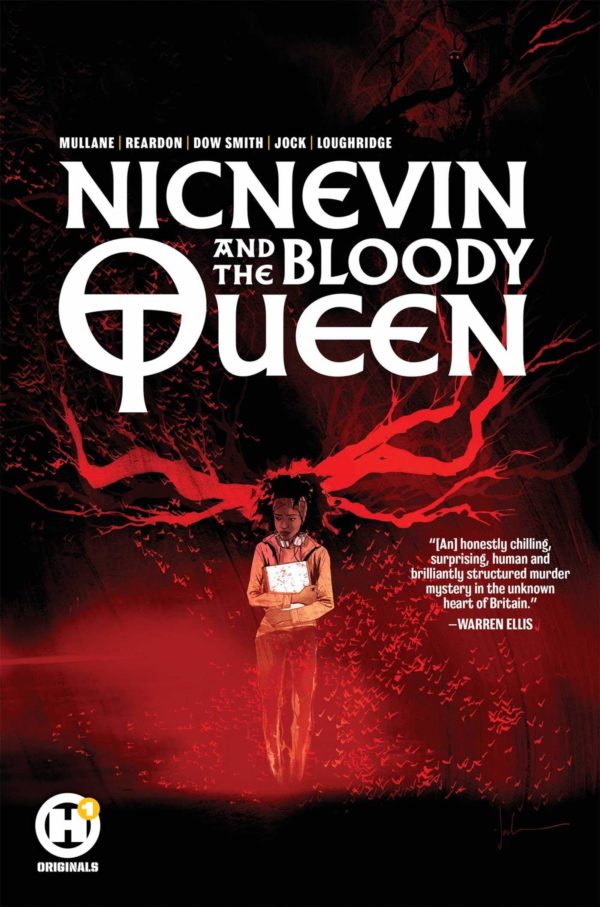
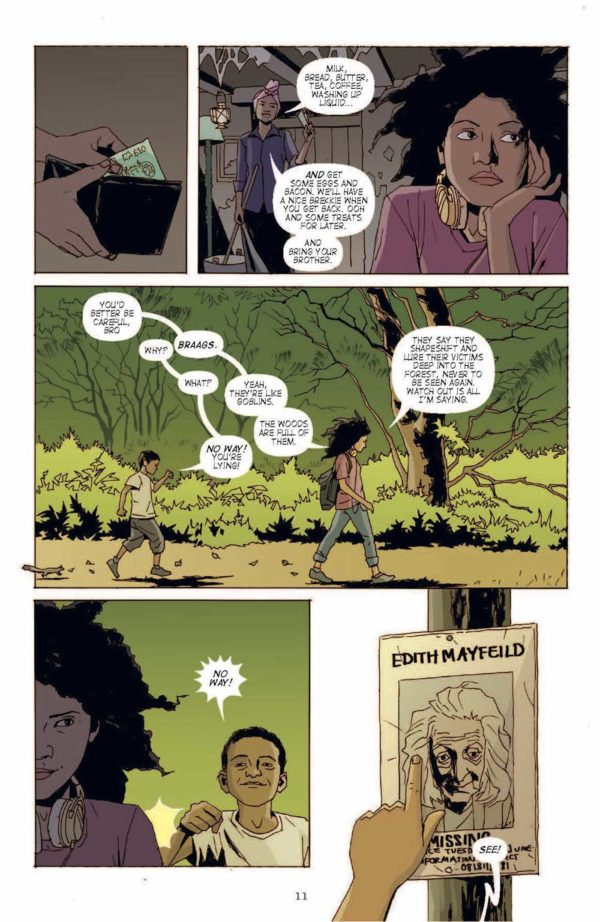
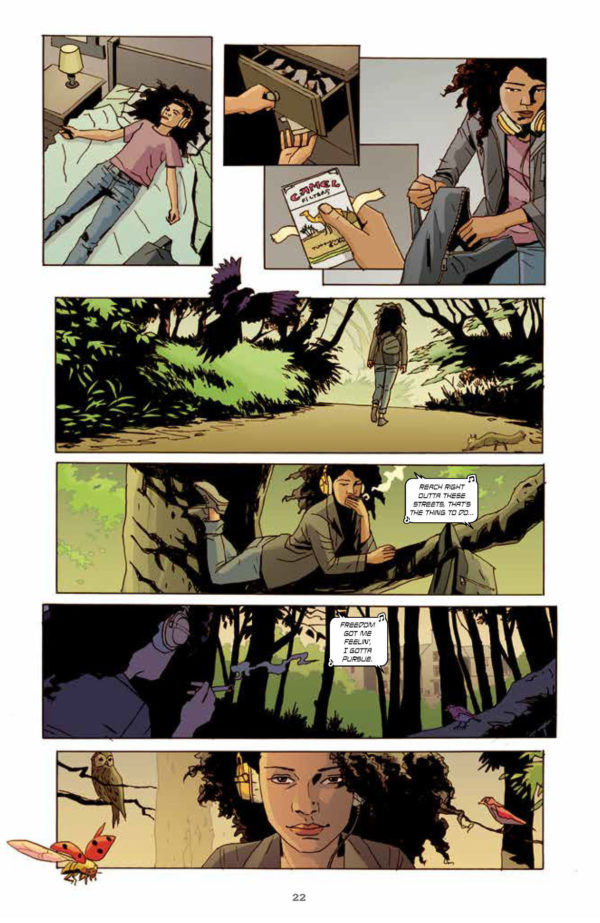


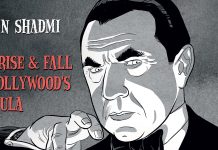


loved this book so much
Comments are closed.